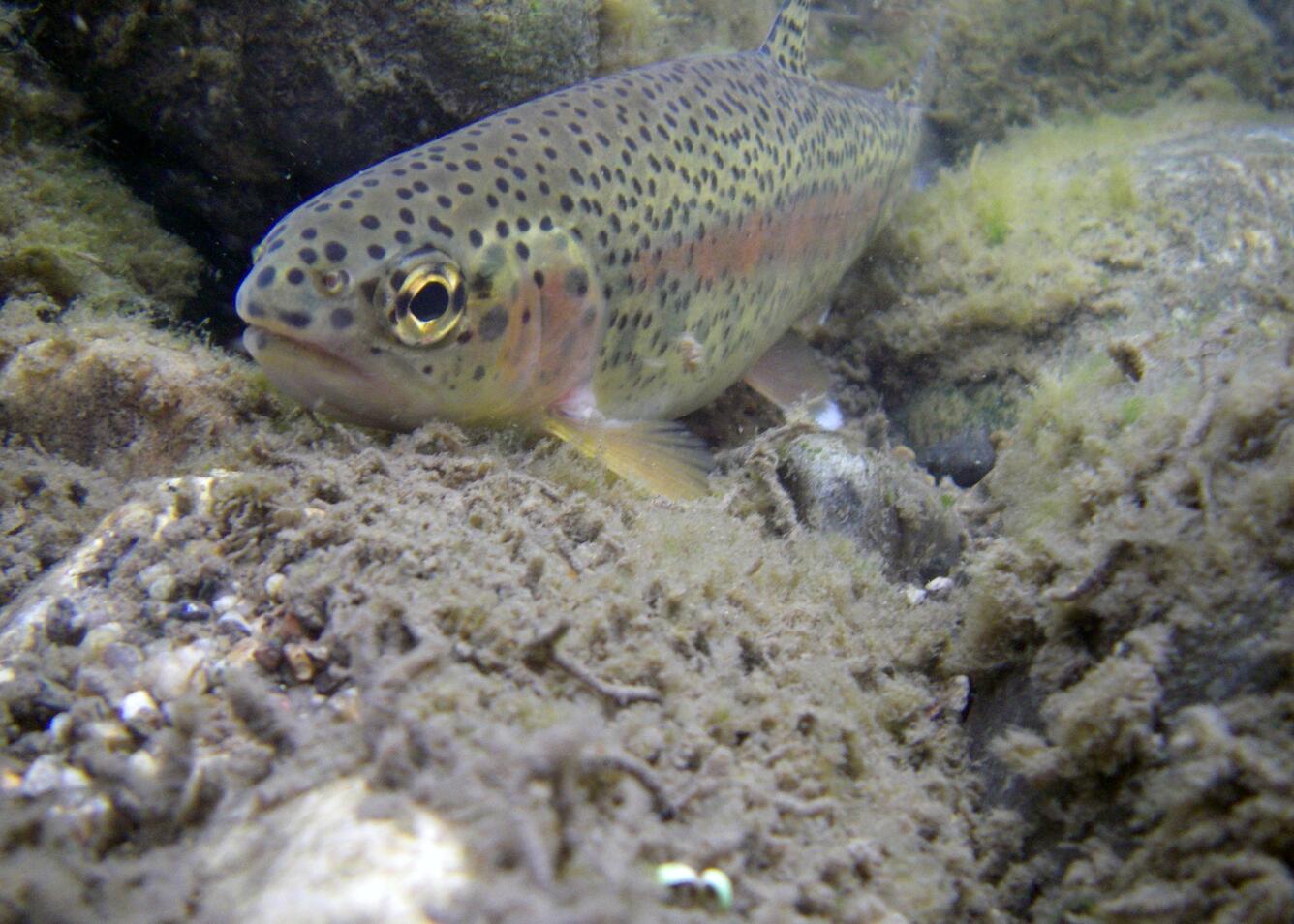30-Year Scientific Record Examines the Recovery of Mining-Damaged Idaho Stream
Once devoid of fish and most other aquatic life, central Idaho’s Panther Creek has mostly recovered from years of mining-related pollution according to a long-term study by scientists from the U.S. Geological Survey published in the journal Elementa.
SALMON, Idaho—Once devoid of fish and most other aquatic life, central Idaho’s Panther Creek has mostly recovered from years of mining-related pollution according to a long-term study by scientists from the U.S. Geological Survey published in the journal Elementa.
A tributary to the Salmon River, Panther Creek was severely damaged by copper, arsenic and cobalt released into area streams from the former Blackbird Mine. From the 1960s through the 1980s, no fish and few aquatic insects could be found in long stretches of Panther Creek. Efforts to restore the stream’s water quality began in 1995 and full recovery of salmonid populations occurred within about 12 years. Today, Panther Creek is home to diverse species including Chinook salmon, steelhead, rainbow trout and bull trout.
“I was involved in studies in the early 1990s that documented the extent of the environmental damage,” said USGS biologist Christopher Mebane. “So it’s gratifying to also document the speed and extent to which the ecosystem recovered after cleanup measures started taking hold.”
Mebane has studied Panther Creek for more than 20 years. He is lead author on the Elementa published paper along with scientists from EcoMetrix, an environmental consulting group, and Rio Tinto, one of the companies participating in the Blackbird Mine Site Group, which cooperatively manages cleanup activities.
“Among other things, this study demonstrates the value of long-term monitoring,” said Mebane. “A tremendous amount of money is spent each year on river restoration, but it’s rare to find examples where data were systematically collected, year after year, to learn if cleanup activities really translated into tangible improvements in fish populations and other parts of an ecosystem.”
The complete study, “Recovery of a Mining-Damaged Stream Ecosystem” is available online.
Get Our News
These items are in the RSS feed format (Really Simple Syndication) based on categories such as topics, locations, and more. You can install and RSS reader browser extension, software, or use a third-party service to receive immediate news updates depending on the feed that you have added. If you click the feed links below, they may look strange because they are simply XML code. An RSS reader can easily read this code and push out a notification to you when something new is posted to our site.




